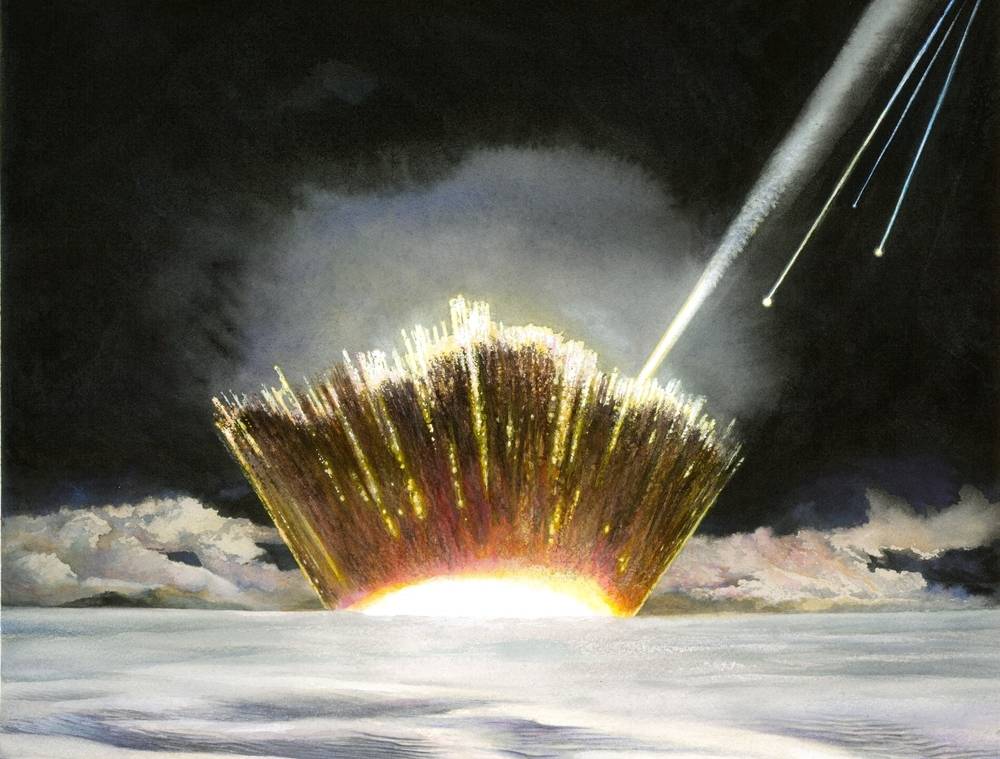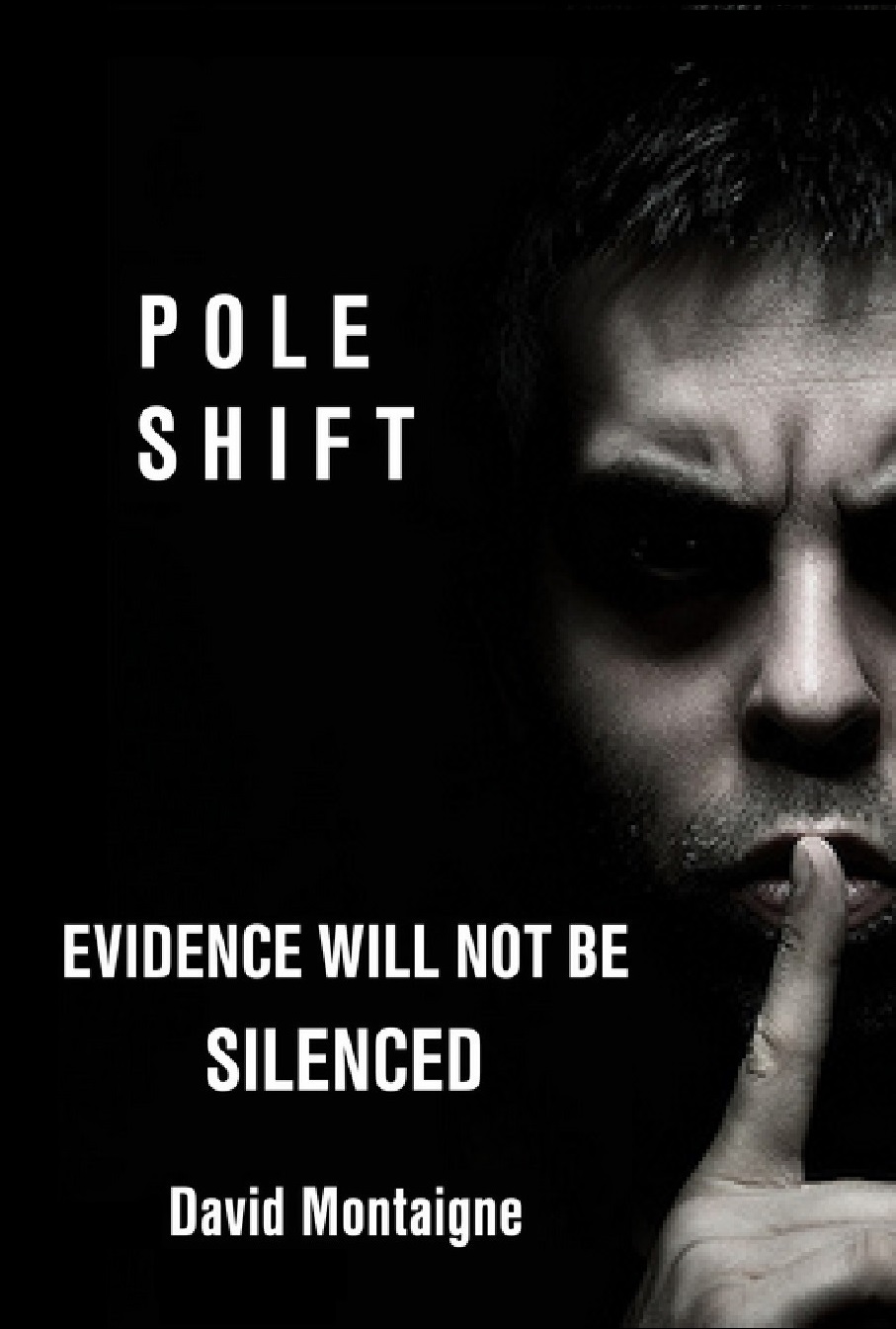According to many pole shift researchers like Charles Hapgood, Greenland has an ice cap because in both our current orientation (since the last pole shift almost 13,000 years ago) and in the previous orientation of the Earth’s surface (when the North Pole is believed to have been near Hudson Bay – explaining the North American “ice age” while Siberia was warm) – Greenland was close to the pole, in Arctic conditions, for both world ages.
The nagging question is – what caused the pole shift? I have leaned towards the growing imbalanced mass of ice caps that don’t accumulate exactly on the center of rotation – for example, today’s Antarctic ice cap has roughly 19 quadrillion tons of ice, centered about 340 miles away from the South Pole. The centripetal tangential forces from this push the crust here away from the pole – towards the equator. Someday the balance of forces that still prevents a pole shift may change, possibly triggered by a weakening magnetic field and a cosmic event like Dr. Paul LaViolette’s “galactic superwave.”
Other researchers, like Graham Hancock, believe that a comet impact was the trigger of the last pole shift and climate changes. Some new evidence suggests he may be right:
“We report the discovery of a large impact crater beneath Hiawatha Glacier in northwest Greenland.

From airborne radar surveys, we identify a 31-kilometer-wide, circular bedrock depression beneath up to a kilometer of ice. This depression has an elevated rim that cross-cuts tributary subglacial channels and a subdued central uplift that appears to be actively eroding. From ground investigations of the deglaciated foreland, we identify overprinted structures within Precambrian bedrock along the ice margin that strike tangent to the subglacial rim. Glaciofluvial sediment from the largest river draining the crater contains shocked quartz and other impact-related grains. Geochemical analysis of this sediment indicates that the impactor was a fractionated iron asteroid, which must have been more than a kilometer wide to produce the identified crater. Radiostratigraphy of the ice in the crater shows that the Holocene ice is continuous and conformable, but all deeper and older ice appears to be debris rich or heavily disturbed. The age of this impact crater is presently unknown, but from our geological and geophysical evidence, we conclude that it is unlikely to predate the Pleistocene inception of the Greenland Ice Sheet.
In other words, an asteroid may have made a huge crater in Greenland during the Pleistocene, and possibly ended that age by initiating the pole shift, the end of the North American “ice age” and the Pleistocene Extinction.

